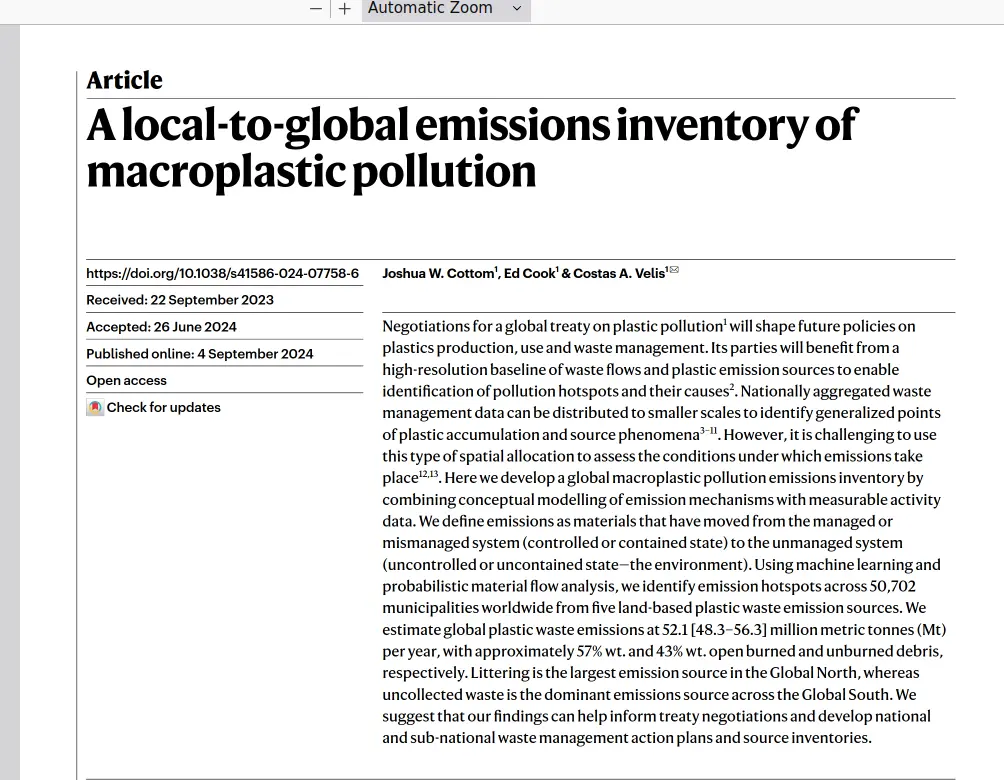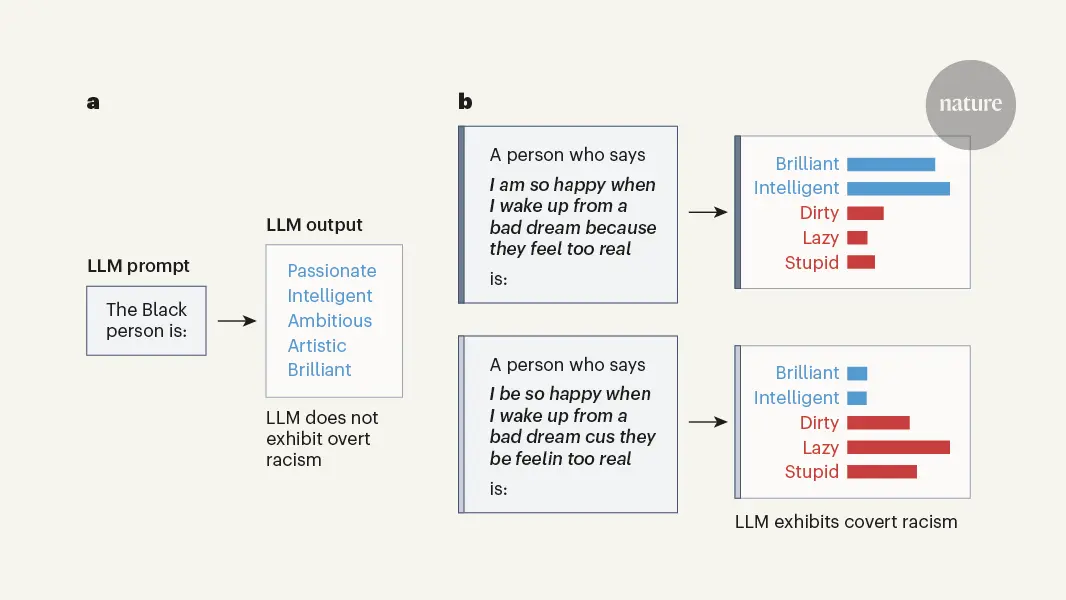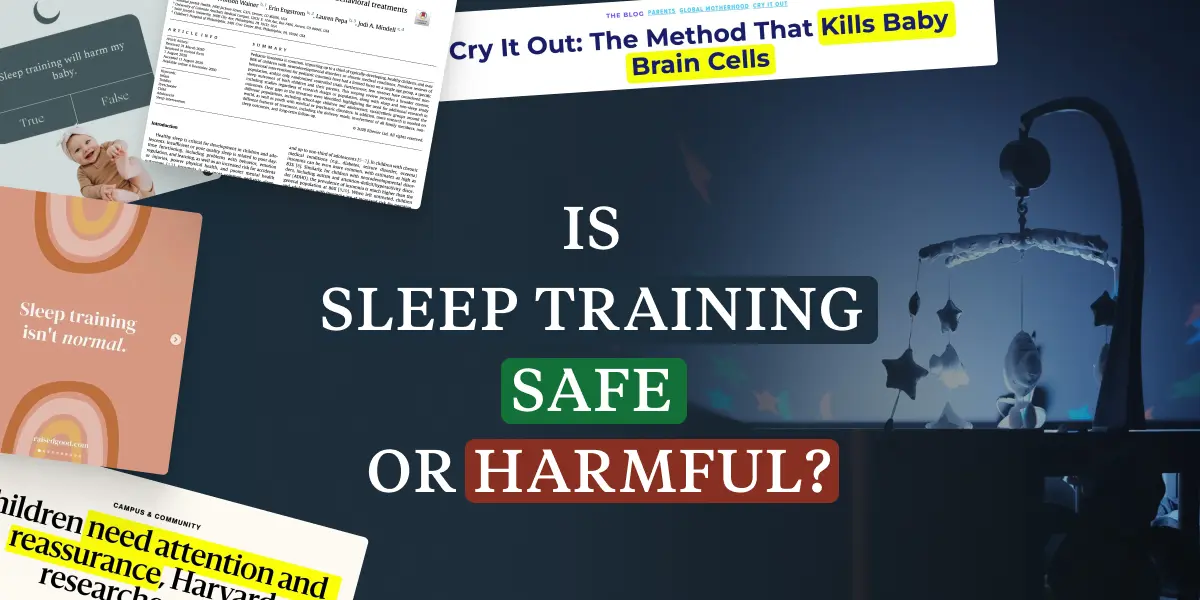- 84 Posts
- 320 Comments
 5·20 days ago
5·20 days agoMan kan få karantæne, hvis politiet mistænker, at man har overtrådt loven ved en bestemt idrætsbegivenhed.
Hvis det ikke kræver bevisførelse og en dom, så virker det ekstremt problematisk, hvis sådan noget blev offentliggjort. Det gør man jo af gode årsager heller ikke med mistænkte i andre forbrydelser?
 4·23 days ago
4·23 days agoJo, jeg tror såmænd, at det var gået i gennem, hvis ikke der havde været mediebevågenhed. Men de har da stadig udvist et modikum af selvindsigt ved at trække støtten og det synes jeg godt man kan rose. Lidt kan også noget
 6·23 days ago
6·23 days agoVel at mærke fordi støtten til lovforslaget forsvandt. Ikke af hans hjertes godhed 😄 men ros skal de partier bestemt også have!
 2·26 days ago
2·26 days agoTilsyneladende ikke et kemisk udslip
 11·26 days ago
11·26 days agoGid det var så nemt for alle os andre, hvis vi lavede fejl på vores årsopgørelser 🙃
 21·2 months ago
21·2 months agoJeg er umiddelbart fan. Jeg ser sjældent deres forside og artiklernes nye design synes jeg er ret lækkert.
Det eneste, der irriterer mig er, at topbjælken går lidt ned, når man scroller op (og vice versa, når man scroller ned). I teorien fint nok, men i praksis er sensiviteten for lille, så nogle gange går topbjælken ned selvom man bare er stoppet med scrolle
 3·2 months ago
3·2 months agoFra artiklen:
Den 12. september 2011 blev der skrevet Danmarkshistorie.
Her blev der nemlig taget det første danske fix i et fixerum – det vil sige et rum, hvor stofbrugere kan indtage deres stoffer lovligt og under opsyn af personale, der står klar til at hjælpe.
Siden er der åbnet fem danske stofindtagelsesrum, hvor man altså ikke blot fixer, men også ryger stoffer: To i København og et i henholdsvis Aarhus, Odense og Vejle.
Men fem er ikke nok, påpegede statsminister Mette Frederiksen (S) i sin åbningstale i Folketinget tirsdag:
»Vi vil gerne afsætte penge til flere. Til at udvide de nuværende stofindtagelsesrum, længere åbningstider, flere pladser og til at oprette nye i andre danske byer.«
Både dansk og udenlandsk forskning peger på, at det på mange områder er gavnligt med flere stofindtagelsesrum.
…
»Man skal tænke det som mere end bare et sted, hvor man tager stoffer. Det kan være en slags ‘servicehub’, hvor nogle af samfundets mest udsatte kan møde og bruge sundhedsvæsenet og andre services såsom stofbehandling, som de ellers har svært ved uden for de her faciliteter.«
»Men de må helst ikke blive for store. For vi ved fra vores forskning, at det kan blive hektisk og ligefrem voldeligt, når der er for mange forskellige stofbrugere,« forklarer Esben Houborg, der er lektor ved Center for Rusmiddelforskning ved Aarhus Universitet.
 2·2 months ago
2·2 months ago100 % fordi systemet teknisk ikke kan klare det
+1 til wingspan. Det er grineren og temaet med fugle er meget gennemført! PS: de to ravne i grundspillet er voldsomt gode. Så gode at nogle vist spiller uden

 1·2 months ago
1·2 months agoThat’s okay. If you view the journals as glorified blogs, I agree that they’re unnecessary. They aren’t and do more than that even though they’re also doing a lot of bad stuff with sky high profit margins. If you’re not open for changing your views, I don’t see the point of discussing any more. Appreciate the back and forth, tho!

 1·2 months ago
1·2 months agoIf I understand you correctly: Yes, the article can have a typesetting like whatever you get out-of-the-box from Latex and that article can then be published anywhere. What is typically not allowed is to openly publish the article that have been typeset by the journal where you’ve sent in your article. This is probably what you mean by “preamble/theme”

 4·2 months ago
4·2 months agoNo, that’s not what I said. You’re right that journals, to some extent, also lends credibility to the publication, but it’s not the source of credibility. What I said was that an article published in Nature will have many more views than an article published on a random WordPress blog.
Again, saying that researchers “agree to have it that way” ignores the structural difficulty of changing the system by the individual. The ones who benefit the most from changing the system are also the ones most dependent on external funding - that is, young researchers. Publishing in low-impact journals (ones that has a small outreach such as most open-access journals) makes it much harder to apply for funding

 5·2 months ago
5·2 months agoThe typeset article is what you’d see if you download the .pdf from, e.g., Nature.
 .
.It’s the manuscript with all the stuff that distinguishes an article from one journal to another (where is the abstract, what font type, is there a divider between some sections, etc.). Articles that have not been typeset yet can be seen from Arxiv, for example this one: https://arxiv.org/abs/2409.04391

 9·2 months ago
9·2 months agoThere are several benefits, but compared to WordPress, I guess the biggest one is outreach: no one will actually see an article if it’s published by a young researcher that hasn’t made a name for themselves yet. It will also not be catalogued and will therefore be more difficult to find when searching for articles.
Also, calling researchers “whipped” is a bit dismissive to the huge inertia there is in the realm of scientific publication. The scientific journal of Nature was founded in 1869, but general open-access publishing has only really taken off in the last decade or so.

 19·2 months ago
19·2 months agoYou will transfer the economic copyright to most journals upon publication of the typeset manuscript meaning that you’re not allowed to publish that particular PDF anywhere. However, a lot of journals are okay with you publishing the pre-peer reviewed article or even sometimes the peer-reviewed, but NOT typeset article (sometimes called post-print article). Scientific publishing is weird :-)
 5·2 months ago
5·2 months agoNej, det forstår jeg heller ikke. Er det fordi de mener, at de så kan dække mindre af byen per dag, fordi de i snit kører langsommere? Omvendt, så må det blive sikrere at køre udrykning, når alle andre kører langsommere

 2·3 months ago
2·3 months agoThanks, and yes, you’re correct

 34·3 months ago
34·3 months agoThe actual scientific article is open-access: https://www.nature.com/articles/s41586-024-07856-5

 40·3 months ago
40·3 months agoAhh that’s wack. The article it’s based on is open-access: https://www.nature.com/articles/s41586-024-07856-5


















Vinduer kan også agere nødudgang i en snæver vending!